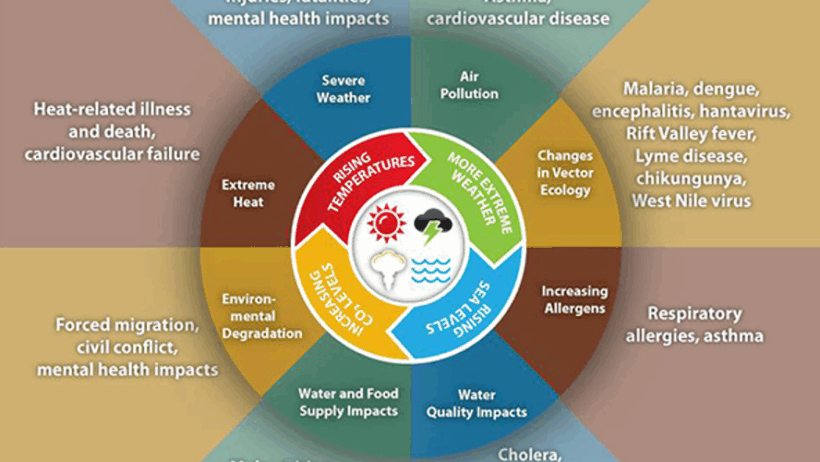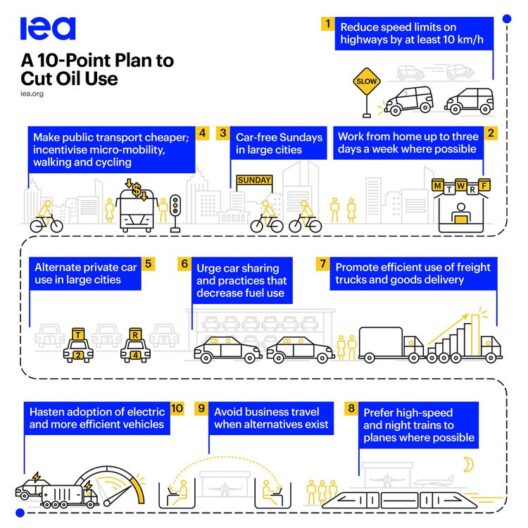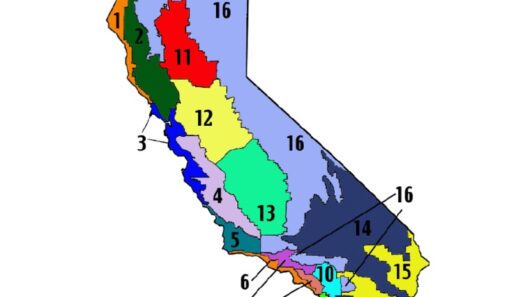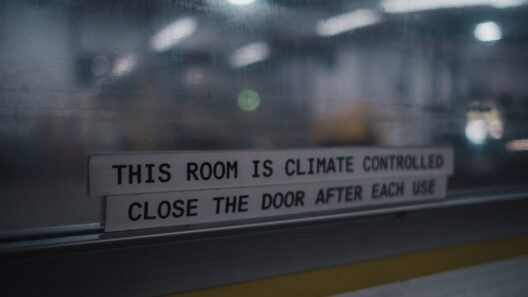Global climate change looms over our planet like an ominous specter, casting shadows over ecosystems, economies, and human health alike. The consequences of our actions, borne from a century of industrialization and rampant consumption, manifest in the form of extreme weather events, rising sea levels, and biodiversity loss. However, much like an artist wielding a brush to craft a masterpiece, we possess the ability to influence the future of our planet. Through collective action, innovative thinking, and resolute commitment, tangible solutions to mitigate climate change can be forged.
To grasp the magnitude of climate change, it helps to think of the Earth as a delicate tapestry, interwoven with threads of life, climate, and natural processes. Each thread is crucial, but our relentless pursuit of growth has frayed the fabric of this tapestry. This metaphorical wear and tear highlights the urgency required in our endeavors to reinforce and restore integrity to the planetary weave.
The climate is not a mere backdrop to our existence; it is the very air we breathe, shaping our societies and livelihoods. The first step in addressing climate change is to acknowledge it as a multifaceted crisis affecting not just the environment, but also social systems, health outcomes, and economic stability. The toll it takes on public health is particularly alarming. In this web of consequences, climate change exacerbates respiratory diseases, limits food security, and increases the prevalence of heat-related illnesses. Hence, allied with the scientists and advocates of global health, environmental stewardship becomes an imperative.
Transitioning toward a sustainable future involves reimagining our energy systems. The dominant narrative of fossil fuels has nourished economic growth for decades. However, the very same energy sources contribute to greenhouse gas emissions, forming a precarious balance of short-term gains against long-term detriments. To extricate ourselves from this conundrum, investing in renewable energy sources like solar, wind, and geothermal has become paramount. Picture a cityscape adorned with solar panels, dotted with wind turbines gracefully slicing through the air—a testament to human ingenuity and adaptability.
This energy transition necessitates an overhaul of consumer habits as well. The metaphor of the carbon footprint illuminates the path we tread upon; each step we take can either deepen our impact or help restore balance. By adopting more sustainable practices—like reducing meat consumption, supporting local agriculture, and minimizing single-use plastics—we can shrink that footprint significantly. Circular economies serve as an innovative framework for material use; in this vision, waste becomes a resource, perpetuating a regenerative cycle and reducing environmental strain.
The realm of transportation embodies another crucial arena for change. Cars, trucks, and ships release significant amounts of carbon dioxide, contributing to the atmospheric burden. To curtail these emissions, we need to reimagine our transport systems, embracing public transport, cycling, and electric vehicles. Picture bustling streets alive with cyclists and electric buses gliding silently beside pedestrians, creating a harmonious interaction among urban space users. Investments in infrastructure that prioritize pedestrians and cyclists can sculpt our cities into healthier, more sustainable spheres for all.
No comprehensive strategy for combating climate change would be complete without acknowledging the importance of conservation and restoration efforts. Nature itself is among the most potent allies we possess in this battle, efficiently absorbing carbon dioxide through forests and wetlands. Reforestation initiatives provide not only a means of sequestration but also help restore biodiversity, offering a sanctuary for countless species. Imagine a lush landscape flourishing with life, where native plants and animals coalesce, invigorating ecosystems that have been diminished by human activity.
Furthermore, the role of policy cannot be underestimated. Government action is pivotal in facilitating and enforcing systemic changes. Legislation that promotes sustainable practices—such as carbon pricing, energy efficiency standards, and investment in green technologies—is vital to propel us toward a sustainable trajectory. This framework allows for individual efforts to coalesce into a collective force, creating a conducive environment for innovation, entrepreneurship, and public engagement.
Community engagement plays an equally significant role. Grassroots initiatives have the power to galvanize localized movements that challenge the status quo. Imagine neighborhoods unified in their purpose, organizing community gardens, renewable energy cooperatives, and educational workshops that inspire awareness and action. The fabric of our communities can indeed be woven tighter through collaboration, fostering a shared sense of responsibility for the wellbeing of our planet.
Addressing climate change is not merely an ethical undertaking; it is a moral obligation that binds us across generations. Bearing witness to the world’s transformations—be it through witnessing vanishing glaciers or the blooming of resilient species—calls for an unwavering commitment to responsible stewardship. By empowering the younger generations with knowledge and advocacy tools, we equip them to be the torchbearers of tomorrow, capable of blazing new trails toward a sustainable existence.
As we grapple with the enormity of climate change, remember that every action counts. The metaphor of a drop in the ocean comes to mind; while a single drop may seem insignificant, collectively, they create waves capable of reshaping coastlines. The challenge is daunting, yet the potential for innovation and resilience is boundless. Together, through purposeful action and an enduring commitment to fostering symbiosis with our environment, we have the capacity to reclaim our planet’s health and ensure a viable future for generations yet to come.







